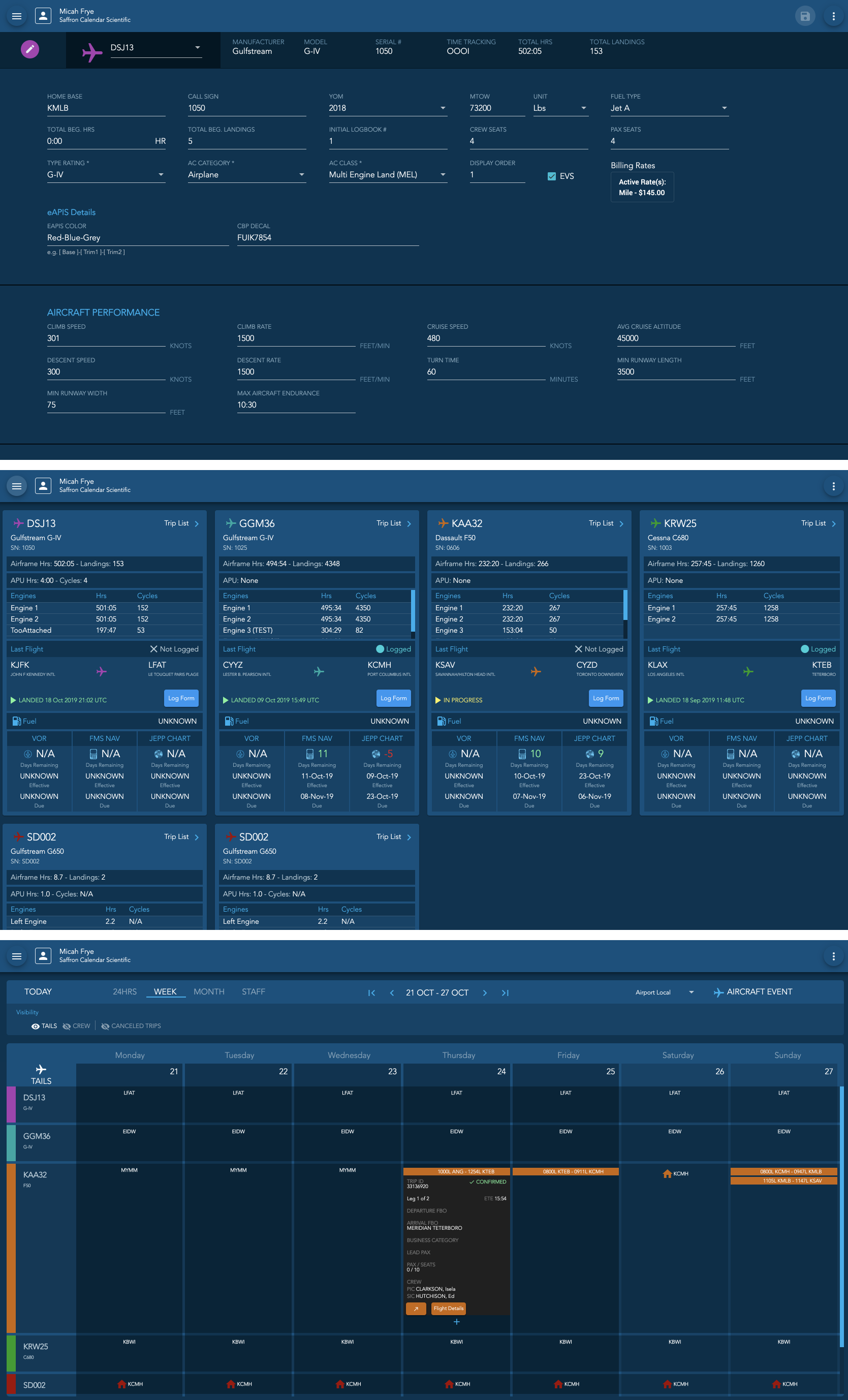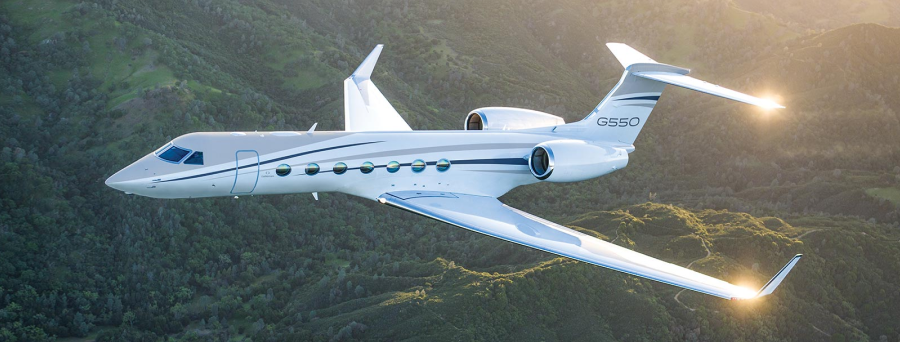

Before being acquired by Gogo Business Aviation, Satcom Direct was a global leader in business aviation technology, focused on aircraft connectivity, satellite comms and avionics. I was part of a team dedicated to growing SD’s software footprint through innovative desktop and mobile app solutions for part-91 business and government flight operations.
The project highlighted here is a mobile app for business aviation pilots to manage their flight post-flight reporting. The app was designed to be used in the cockpit on mobile phone or iPad, and was built to be used in-flight with no internet connection.
While business jets are marvels of modern technology, the tools and processes used to manage them are often antiquated. It’s still common for pilots to manually fill out a paper Flight Log form after each flight. This form contains information that is essential to a flight operation, as it ties into aircraft health, maintenance and cost concerns.
This paper form is then kept by the pilot until returning to home base. The form is physically given to another person in the flight department who then must enter the information into one or more digital systems.
In additon, pilots didn’t trust apps.
They trust things with tangible controls.
They were already under significant pressures (long hours, demanding clientele, etc), so getting them on board with a new way of doing things was difficult. They didn’t want to change. Things were “just fine” they way they were. But aircraft data was sitting in palates of paper and getting lost. We were digitizing volumes of valuable information for the first time, making aircraft owners very happy.
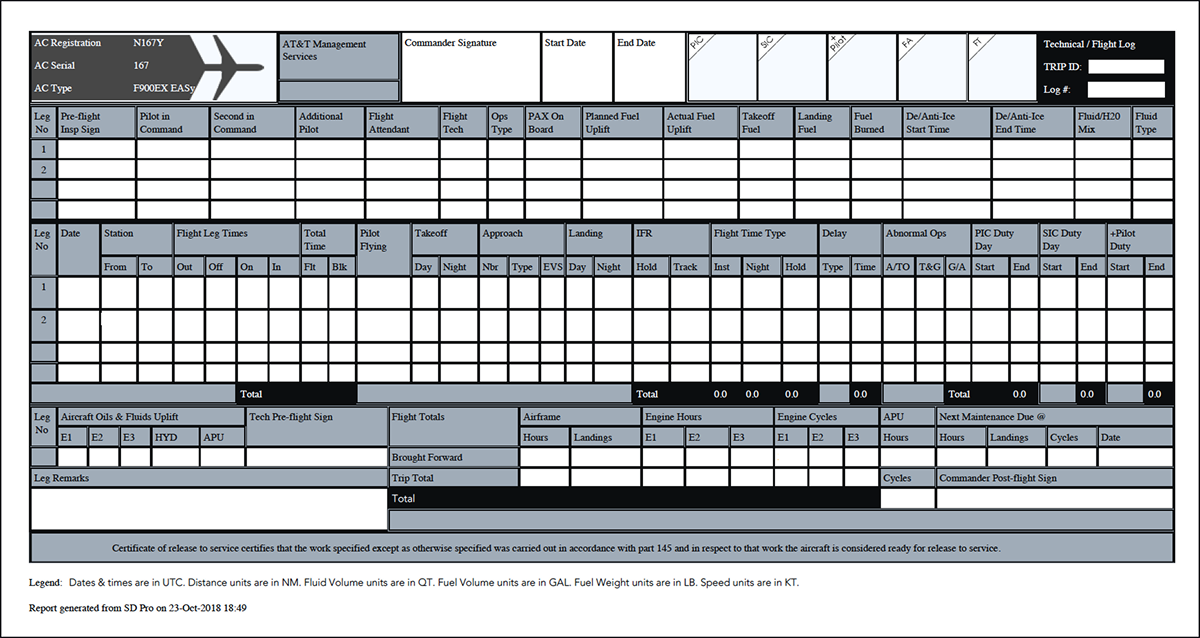
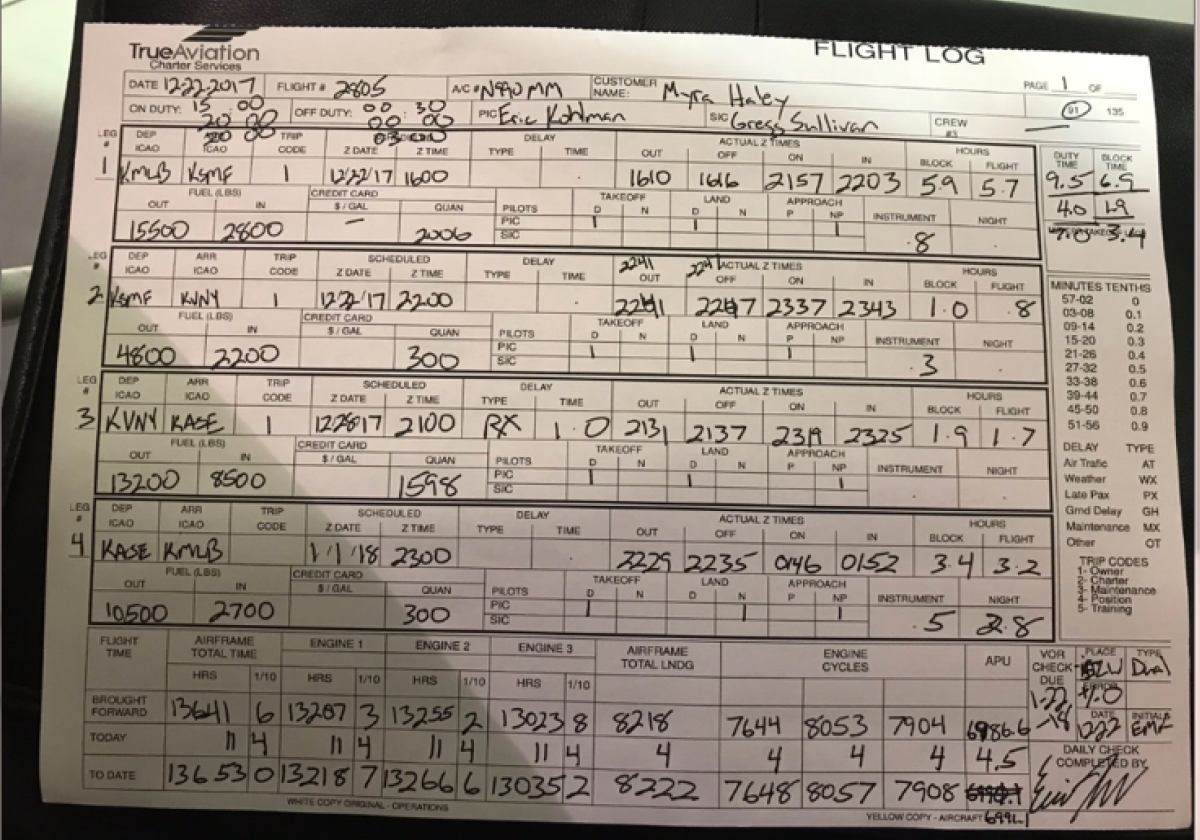
Meanwhile, the flight department’s internal data remains incorrect or incomplete while waiting for a paper form to be returned for data entry. This can have adverse affects on aircraft health and scheduling of maintenance procedures, putting peoples’ lives at risk.
I spent time in multiple flight departments observing pilots, flight operations managers, maintenance managers and schedulers as they entered data into software systems. I interviewed them to understand their pain points and needs. These interviews happend both on the ground and in the air.
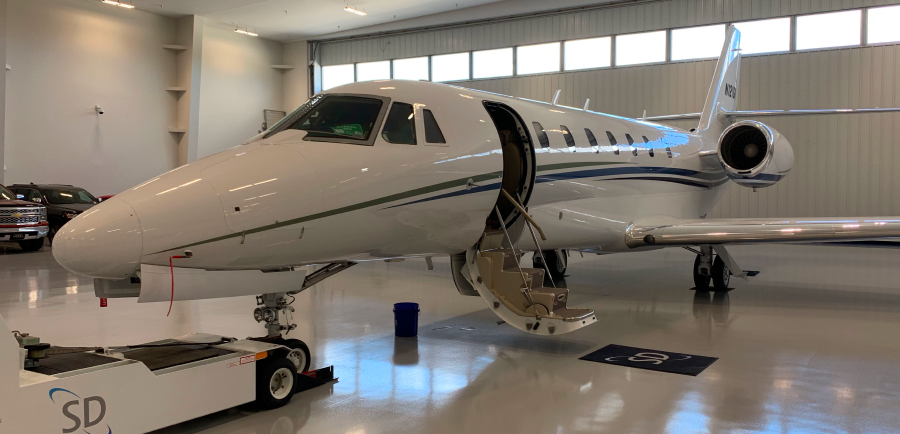
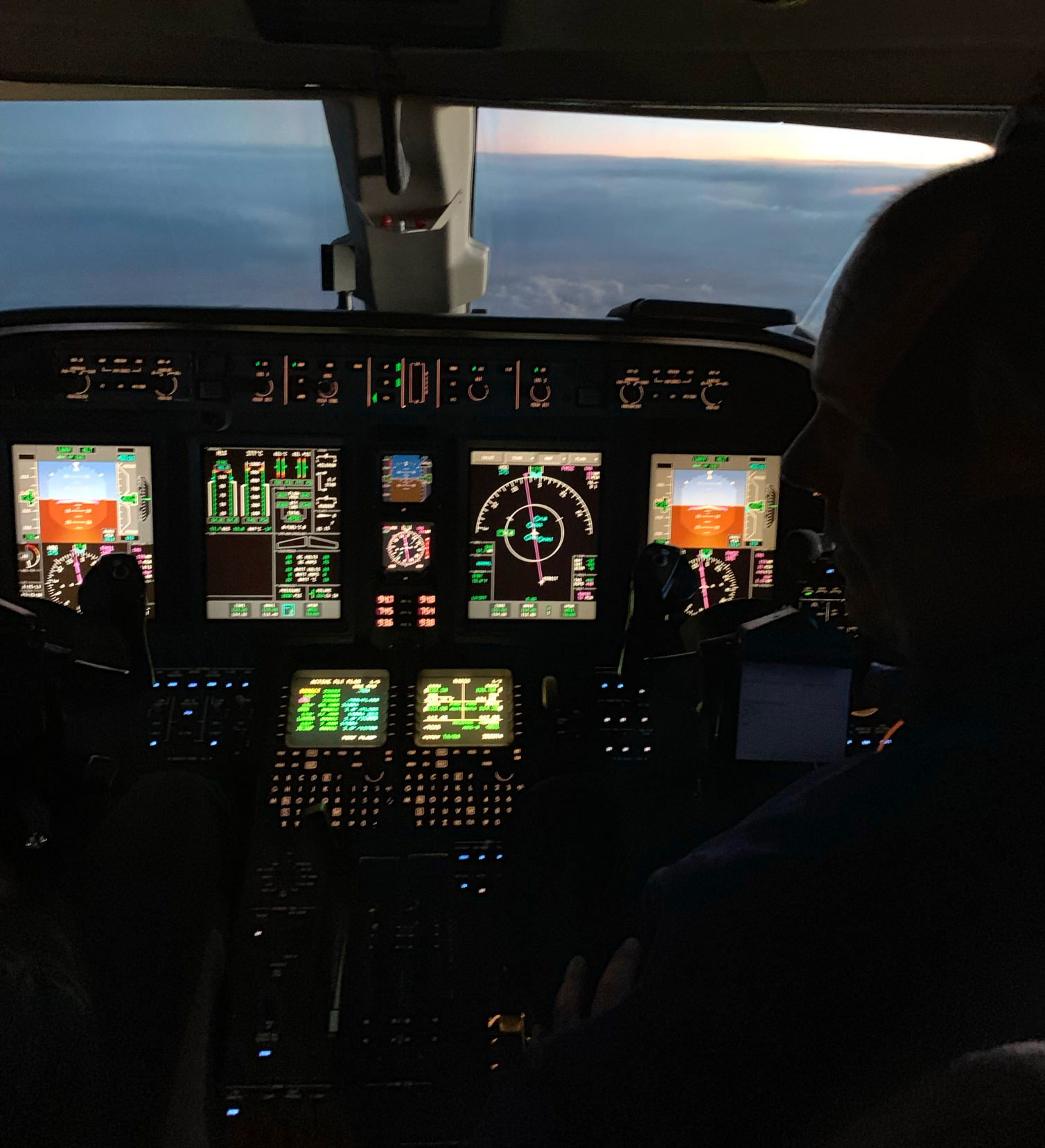

Multiple user personas and real-world sceanrios were created based on my research. These personas and scenarios were used to guide the design process and ensure that the app met the needs of all users.
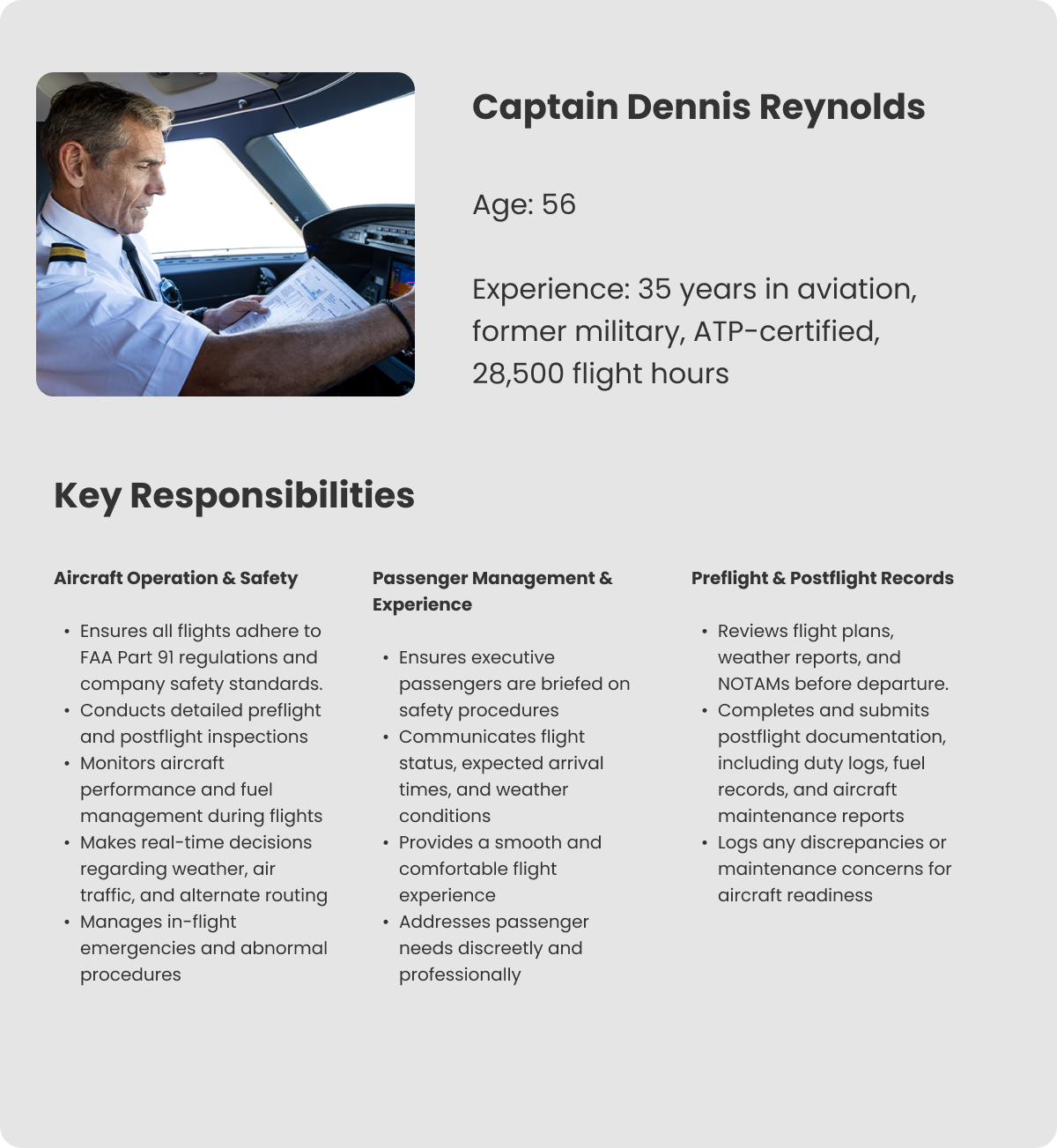
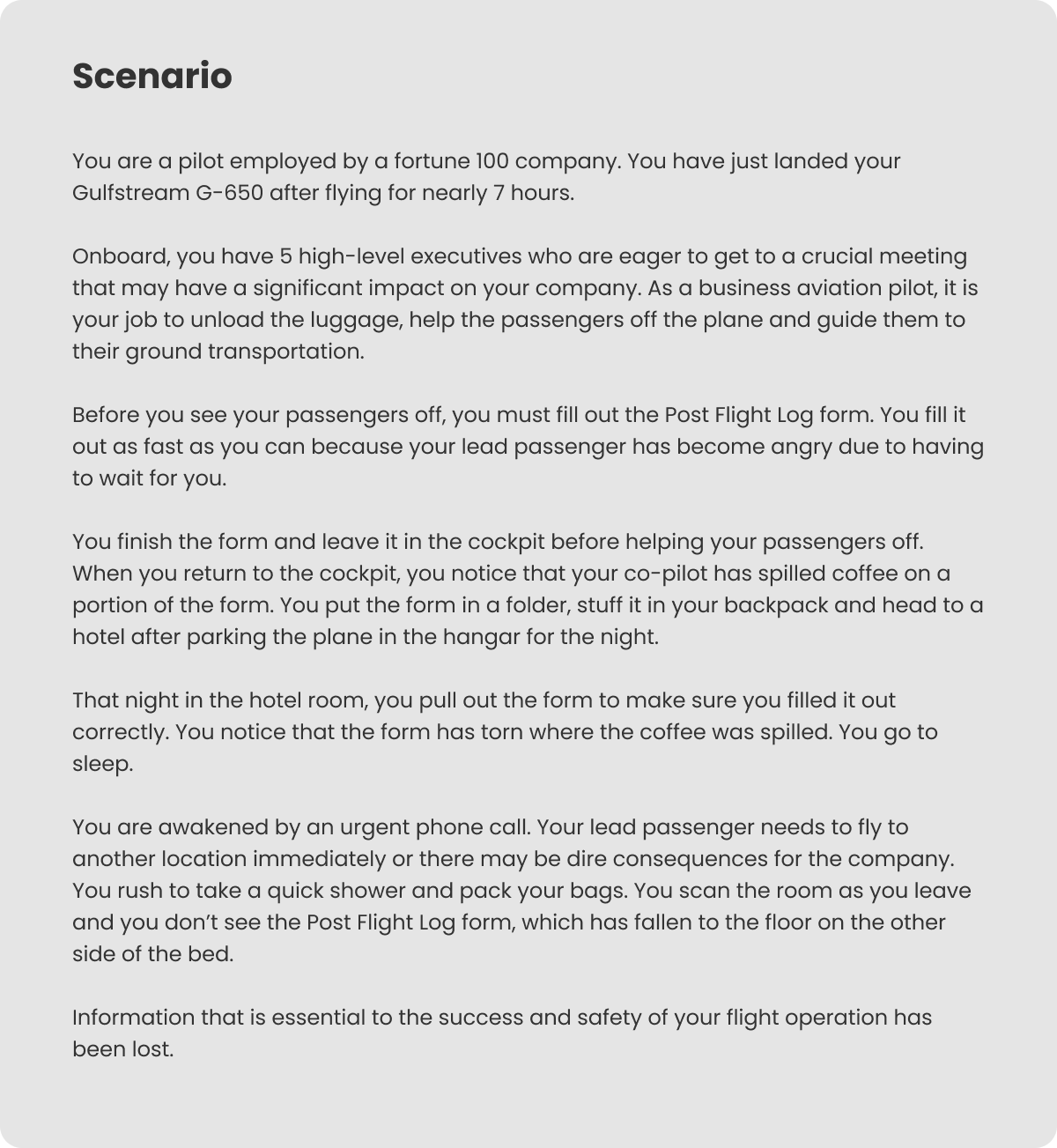
Equipped with understanding from in-person research, I assembled a cross-functional team including a pilot, a flight operations manager, a sales associate, two engineers and a product manager. Together, we defined and refined:
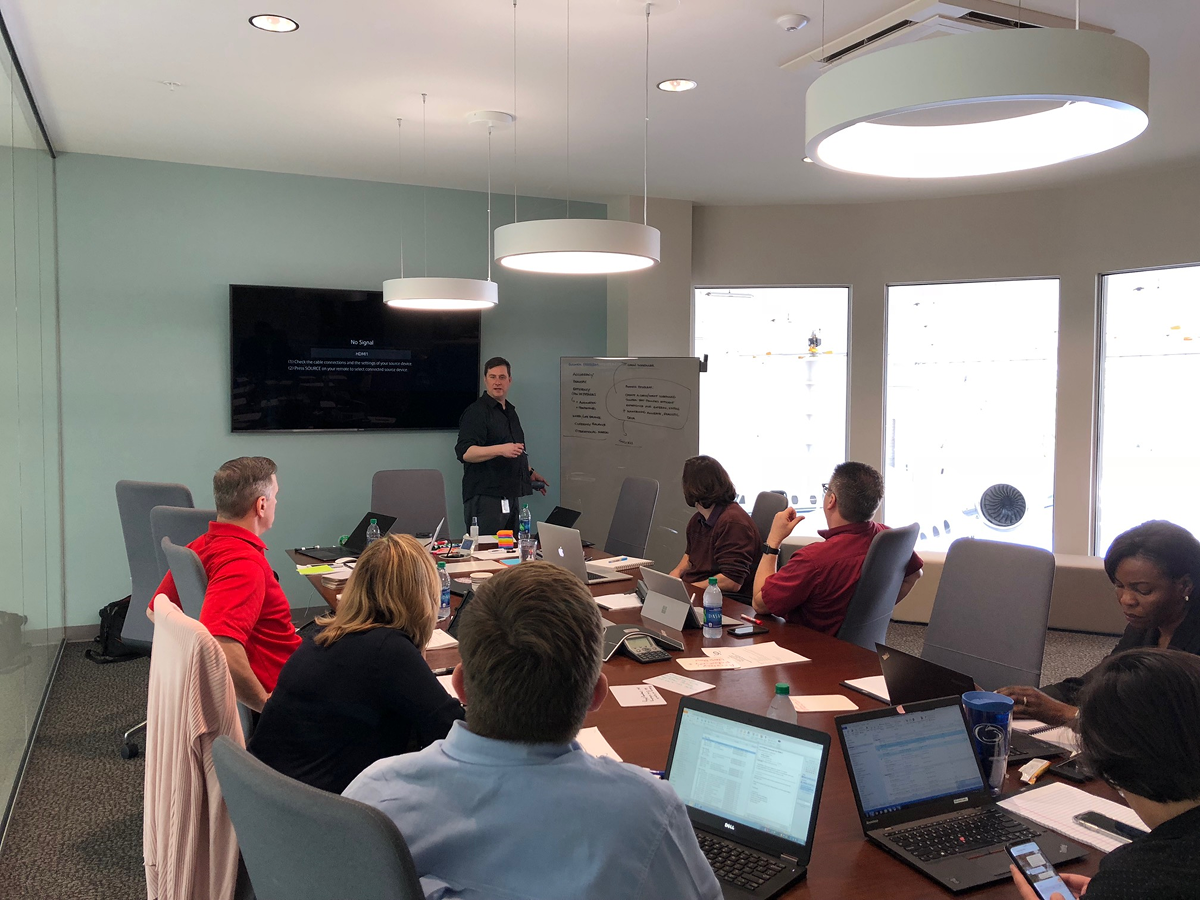
Based on what we learned in design studio sessions, I created lo-fi wireframes and workflow diagrams that were shared via Trello, so all members could continue to collaborate and identify all the datapoints and workflows that would be needed on each screen.
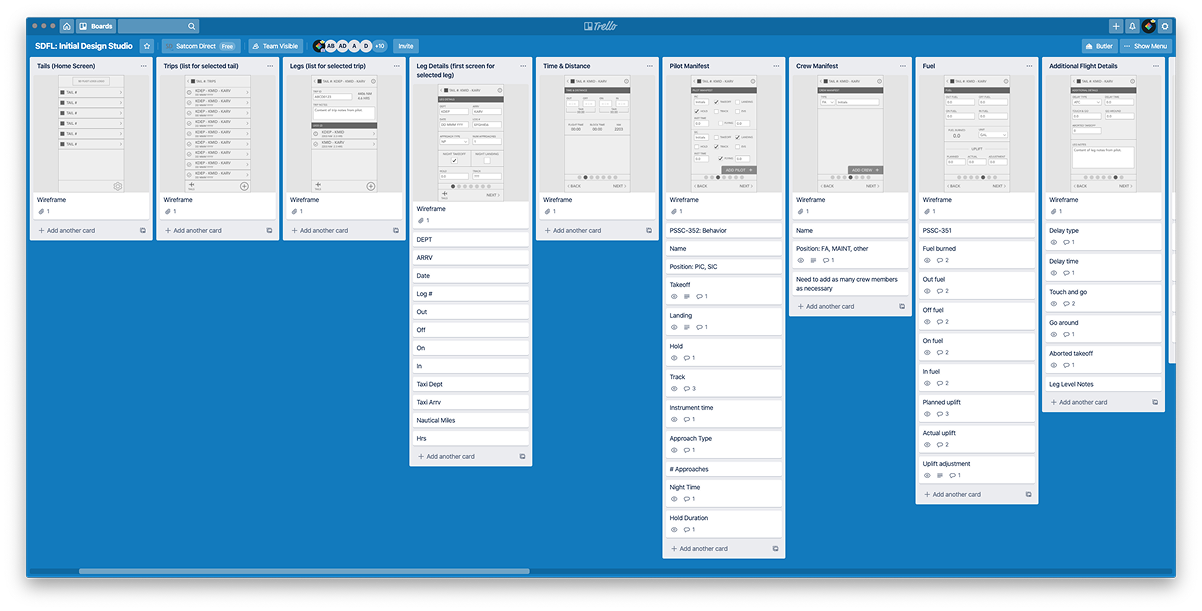
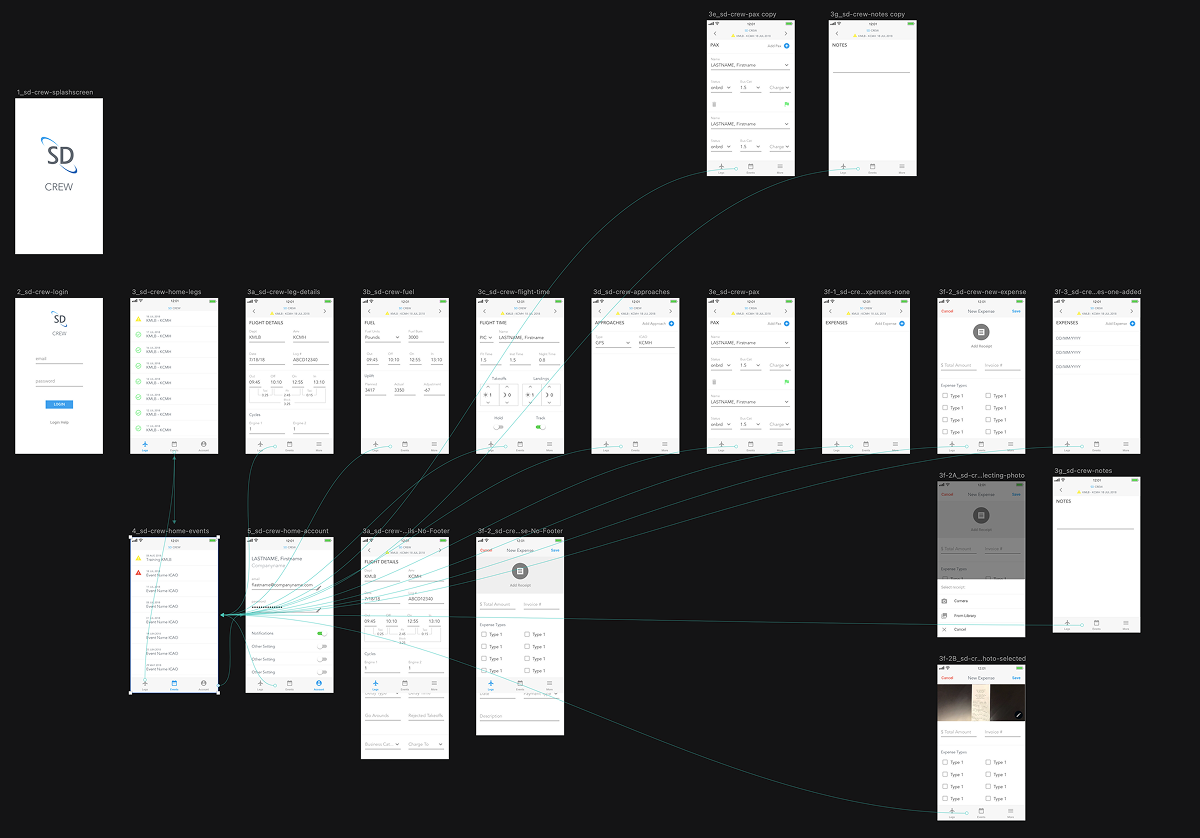
Next, I led design studio sessions with external customers, including flight operations departments in multiple Fortune 100 companies, to validate our hypotheses. With the low-fi mockups as a starting point, we were able to quickly gain clarity on what the next iteration of our testable prototypes should be.
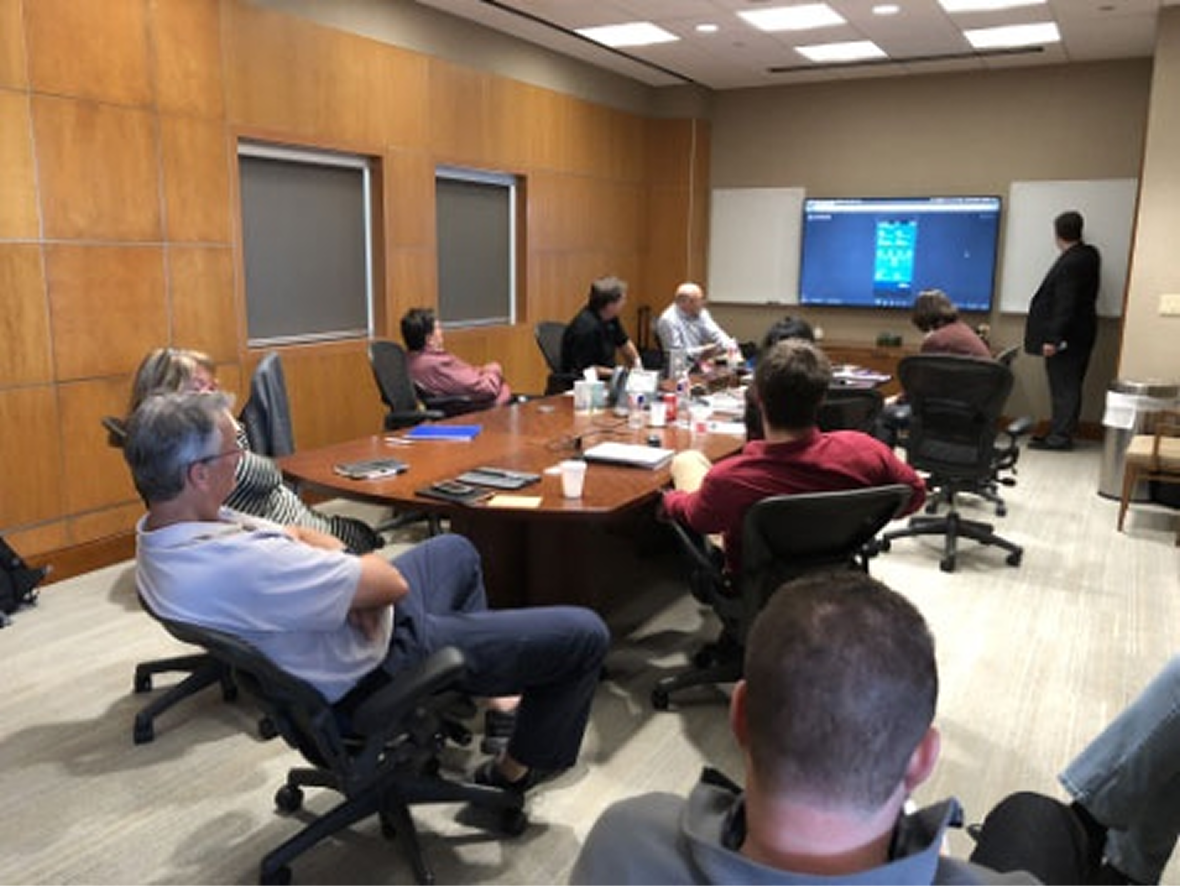
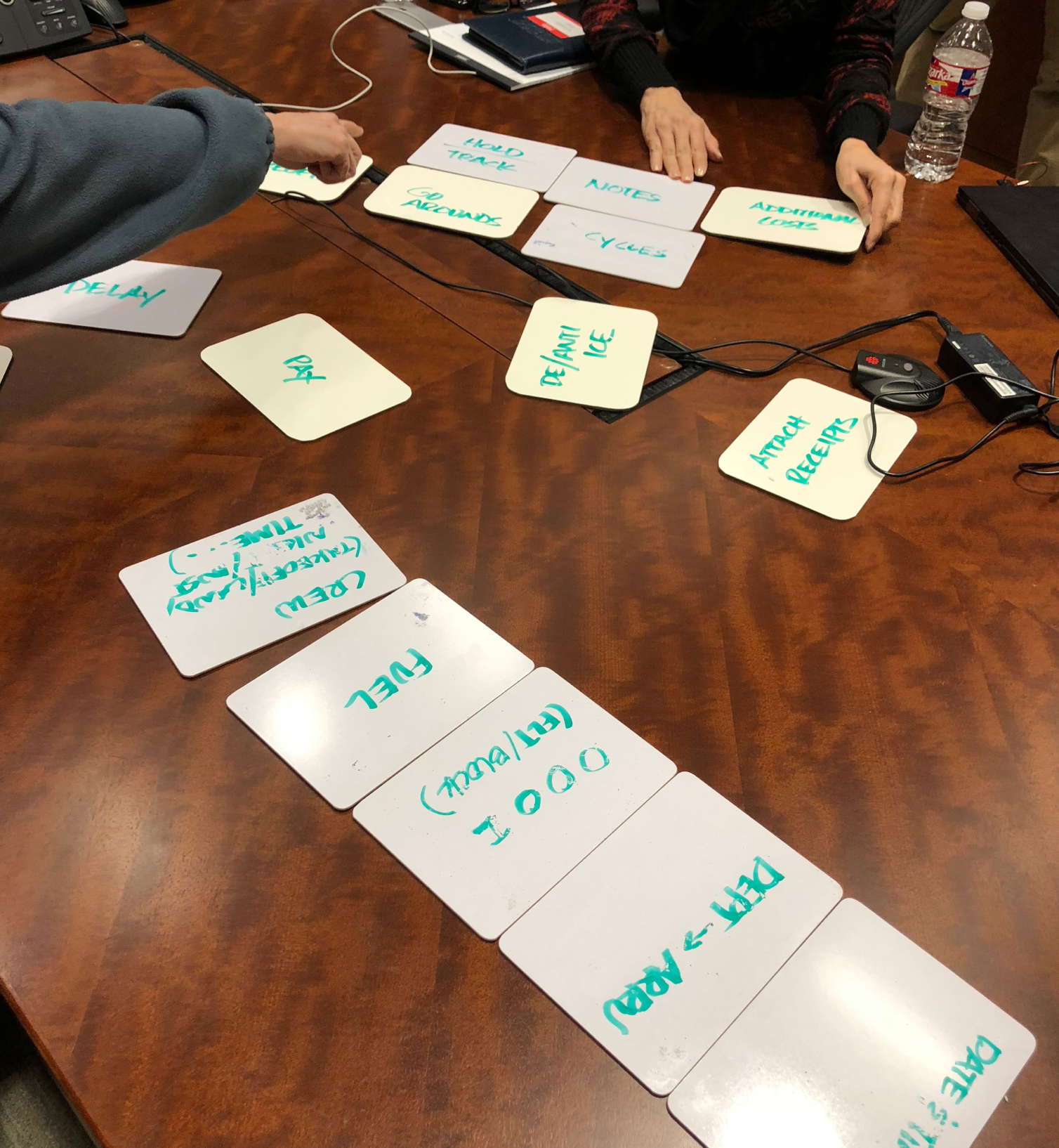
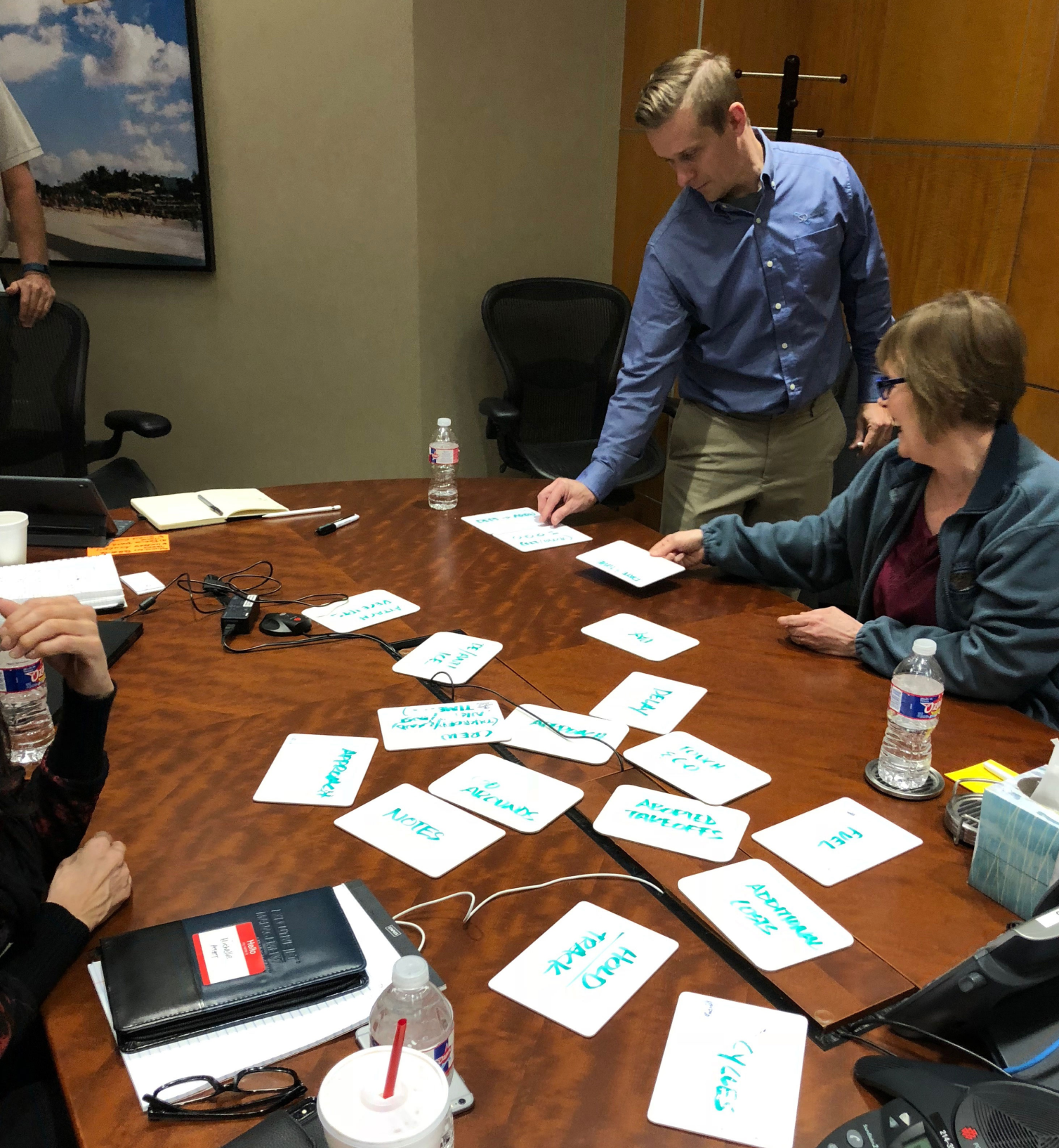
Prior to this session, I worked with the engineering teams to build a scalable design system that would allow us to rapidly create and iterate. Using this design system, I built a functional prototype of the SD Crew app with Angular, Material and PhoneGap while on the flight home from the last design studio session with AT&T.

The prototype was tested for 3 months in the field by pilots around the country and we continued to refine until we had a product that could benefit the majority of our customers.
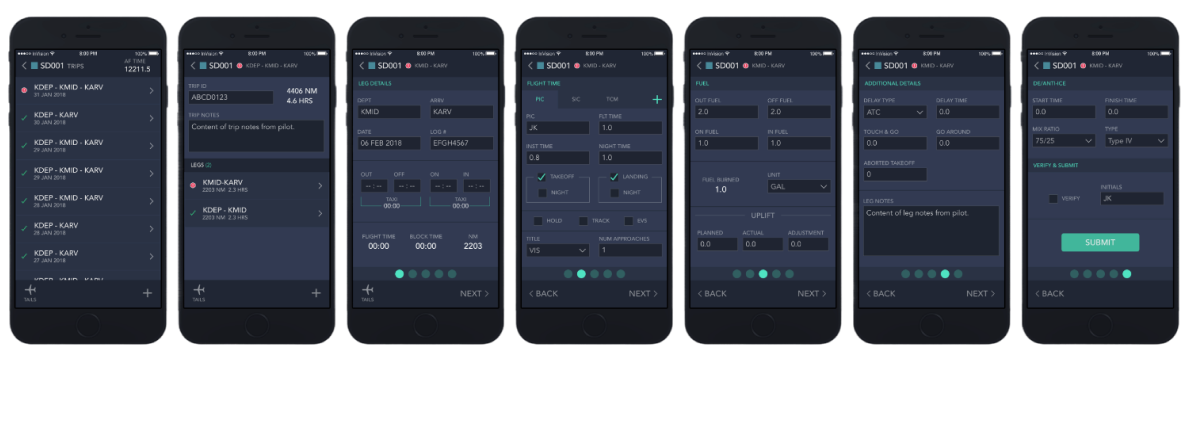
The majority of pilots were hesitant to trust their mobile phones for any work-related task. Most planes are equipped with iPads but they still preferred tactile controls over touch screens and putting pen to paper on log forms. We did our best to visually mimic the tangible interfaces they were used to.
Adoption was difficult at first, but once they saw the benefits of the app, they were eager to use it.
In particular, the app's ability to sync with the aircraft's avionics system and automatically fill in the flight log form was a huge selling point. With the data being autopoluated, the pilot only needed to verify the information and sign off on it. This saved everyone time and ensured that the data was accurate across all systems.
Version 1 of the SD Crew app was released to critical praise at the 2019 National Business Aviation Association conference. It has since been purchased by MySky and renamed Scheduler CrewApp. It is in use by many part 91 pilots today.

